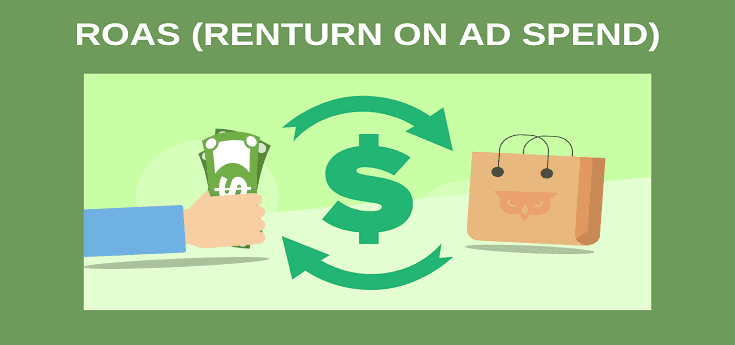TIPS FOR INCREASING YOUR PAID SOCIAL ROAS

TIPS FOR INCREASING YOUR PAID SOCIAL ROAS
We have all talked about in the previous blogs as to how marketers are increasingly spending more on social platforms which makes it more important than ever to have the right strategy in place- be it selling/buying online or tracking all of your paid social campaigns or gaining insights into what is working and what it not.Once you are through with all the basic workings, only then you will be able to understand the return on ad spend (ROAS) from your campaigns or incase you’re new to PPC advertising, you may all be wondering – what is ROAS? This is a question we get asked a lot here at Radiance Vision Group.
To begin with, let's look at the basic definition of ROAS:
ROAS, or return on ad spend, is a way to connect the amount you are spending on any given PPC ad campaign to the amount of revenue that’s generated from that campaign.But, as i like to explain it, it is a metric system that helps you learn how much money you earn for each penny you spent on advertising. So basically, if you are earning less than what you spent on advertising, its a total fail which happens quite usually to startups which is why Radince Vision brings you the visionary tips.
1) IDENTIFY YOUR AUDIENCE
Knowing who your advertisments shall lure out is one of the basic strength of any business group. Social platforms provide the perfect atmosphere to target specific audiences and thats one blessing you need to grab.
2) DEFINE YOUR GOALS
Your strategy and key performance metrics will always vary depending on the goals you’re aiming to achieve. By defining your goals you will become clear to not just your colleagues but to yourself as to pave a way for what next has to be done.
3) INCLUDE A BRANDED PPC CAMPAIGN
Branded search ad campaigns will get between 2 to 4 times the ROAS of non-branded campaigns.....even people new to PPC advertising will know this rule for sure! Ofcourse since people know that you will serve them what they exactly want, the conversion rates would be higher (and thus the ROAS better) for branded campaigns.
4) ADD NEGATIVE KEYWORDS
Another way to decrease unnecessary ad spend and improve your ROAS is by adding a few negative keywords. Negative keywords as exactly the word suggests are keywords or keyword phrases that you don’t want your ad to show up for. For instance, say you are running an ad campaign for the phrase “womens clothes”. But there are certain types of clothes that you don’t offer. You may want to include those item names in the negative keyword list. For example, you might add “shrugs,” , "stockings", “cheap,” or “fur-lined” to the negative keyword list. This would prevent your ad from showing up users that are using these keywords or phrases in their search query box thus helping improve the relevancy of the traffic your ads bring in, in return improving your ROAS.
5) PICK THE RIGHT CHANNEL AND CONTENT
You dont want to advertise a kid's gaming app on an adult social media website. One thing that you need to learn with all this is selecting, channeling and dividing you audience. The audiences on each and every social media network are different, and although some overlap across and on channels, their expectations of the type of content they’ll see or their purpose on each channel is varying.





